(March 25, 2024) Learning the art of filmmaking from maverick directors such as Christopher Nolan, Patty Jenkins, and Vishal Bhardwaj has put Indian filmmaker Manjari Makijany on the world map. She brings alive the stories that transcend borders and cultures, and that’s what makes her an exceptional filmmaker. A regular at international film festivals, Manjari was nominated at the Children’s and Family Emmy Awards for her film Spin in the Outstanding Directing for a Single Camera Programme and Outstanding Fiction Special categories. “I gravitate towards stories that are inspiring, evocative, and give you the excitement and energy to get up and do something. I am generally a curious person and my internal camera is always rolling as I take inspiration from everyday life and lace it with my imagination,” she said.
Having received the Will and Jada Smith Family Foundation Grant for her short film, the Los Angeles-based filmmaker was first introduced to the world of cinema by her father, Mac Mohan, also known as Sambha from Sholay. Over the past few years, she has carved her path in independent cinema, honing her craft under the guidance of renowned figures in the industry.
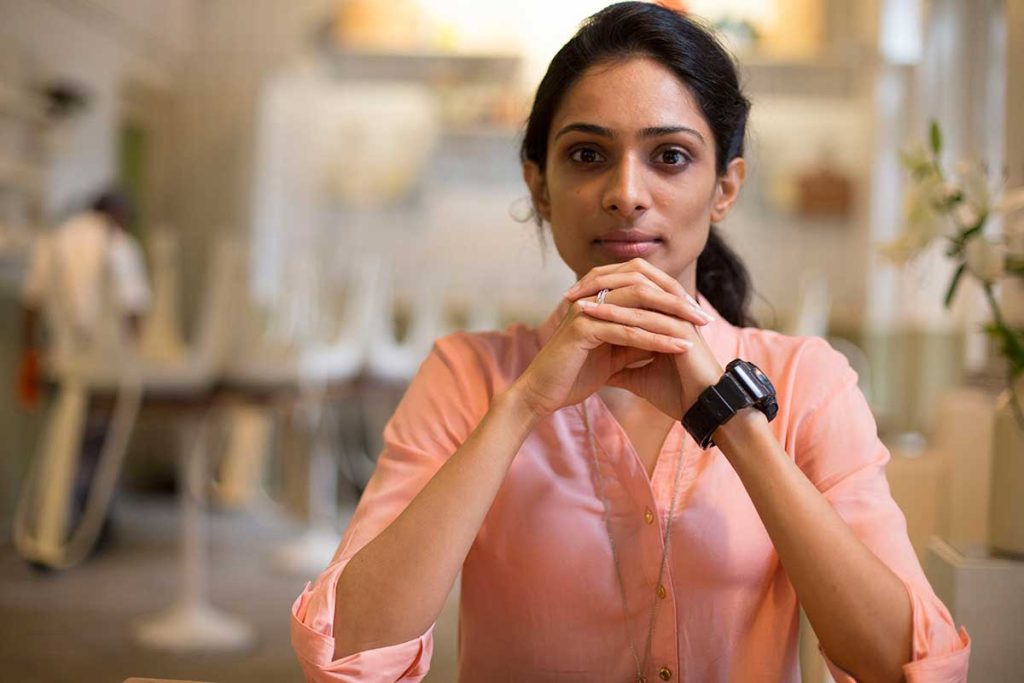
Taking the legacy forward
Born in Mumbai to Mohan Makijany, fondly known as Mac Mohan in Bollywood circles, Manjari was immersed in the world of cinema from a young age. Raised in a household where cinema was a way of life, her passion for storytelling was ignited by her father. Growing up, she frequented the sets of her father’s films, but it was the plays at Prithvi Theatre that captivated her imagination. Watching the stage transform with each play sparked her fascination with visual storytelling. Manjari would often enter into long conversations with her dad and dissect almost every scene from the films that she’d watched, further fuelling her love for the craft. “My father was the one who once said that I had the eye of a director at an age when I couldn’t quite fathom what that meant,” she said in an interview.
View this post on Instagram
Her entry into Bollywood unfolded organically as she stepped into the world of filmmaking at the age of 21 by assisting filmmaker Ayan Mukerji on Wake Up Sid. Two years later, she found herself on the sets of Vishal Bhardwaj’s Saat Khoon Maaf, starring Priyanka Chopra. With no formal training in filmmaking until then, Manjari learnt the craft on the film sets.
Carving her niche
After learning the tricks of the trade from a master like Bhardwaj, Manjari’s transition behind the camera came with the direction of the short film The Last Marble in 2012. The poignant story centred around a street kid crafting objects from metal scrap, garnered acclaim at international film festivals, clinching the Best of Fest at the Clermont-Ferrand International Short Film Festival. Thus began her journey as an independent director, armed with compelling stories. One such story led to her next venture, The Corner Table (2014), which not only earned a nomination for Best Short Film at the New York Indian Film Festival but also secured a place at the Cannes Short Film Corner. Yet her path hasn’t been easy; she encountered many rejections before making her breakthrough. Not the one to give up easily, she used every rejection as a stepping stone to better her craft and bounce back with compelling stories.
View this post on Instagram
Journey to the West
Her films secured her a spot at the AFI Conservatory Directing Workshop for Women in 2016, making her the second Indian woman to be a part of this program since its inception in 1974. During this period, her third short film I See You took shape took form; ultimately clinching the Best Short award at the Asian American International Film Festival.
This enriching experience landed her on the set of Christopher Nolan’s 2017 film Dunkirk. Working with the maverick filmmaker is every cinephile’s dream, and Manjari got this once-in-a-lifetime opportunity with the war drama. This wasn’t her only brush with the Hollywood biggies as she soon found herself working with Patty Jenkins on Wonder Woman.
She used every opportunity as a fertile learning ground that helped shape her as a filmmaker. “When you’re an assistant director or an assistant in any capacity, you’re a fly on the wall, you’re invisible. Whatever you are learning and whatever you are doing is pretty much through observation, and absorbing as a sponge. It’s been an incredible journey being on these projects and watching some amazing filmmakers at work,” she added.
Moving towards meaningful cinema
After gaining critical acclaim for her short films, Manjari decided to shift gears to feature films in 2017. An article on skateboarding in India sparked the idea for her debut feature film Skater Girl. Intrigued by the existence of skateboarding communities in India, Manjari recognised the significance of bringing this narrative to the forefront of cinema. Set in a rural village in Rajasthan, Skater Girl explores the caste system, social taboos, and age-old traditions through the lens of a sports film.
View this post on Instagram
Hollywood Insider hailed the film for being a “meaningful film that provides food for thought for young audiences. “I believe local stories that are inspiring have a universal appeal and can transcend cultures and borders. There is something so resilient about the human spirit that when an underdog conquers against all odds, we all want to celebrate that triumphant and gratifying emotion. I wanted to capture that essence in Skater Girl,” she said.
2021 saw Manjari bring to the forefront the first live-in-action Disney film that had an Indo-American story at its heart. For the first time, an Indian-American girl played the lead in a Disney film, this shattering all stereotypes plaguing the Indian diaspora. “When I came on board for directing Spin, I felt responsible and excited at the same time. Excited because it is one of the great opportunities for me as an Indian filmmaker to show our culture and portray the right representation of the next generation Indian-American community to the international audience, to the Disney fans. I also felt responsible because it was a chance to break all the stereotypes that are showcased about the Indian community, culturally. I wanted to get those nuances right,” the Global Indian said. In 2022, the won was nominated at the Emmy, thus catapulting Manjari into a league of the next big filmmakers to watch out for.
Her journey as a filmmaker has not only earned her accolades but also sparked meaningful conversations and shattered stereotypes in the cinematic landscape. With her film Spin receiving nominations at the prestigious Emmy Awards, she has proven her ability to craft narratives that resonate with audiences worldwide. Through her storytelling, Manjari has successfully brought South Asian culture to the forefront, challenging preconceived notions and celebrating its richness and diversity. Her work is proof that cinema can transcend boundaries, ignite dialogue, and foster appreciation for cultural diversity.
- Follow Manjari Makijany on Instagram



 Pravin Tulpule, former naval officer, medical clown, happiness coach and corporate edutainer[/caption]
Pravin Tulpule, former naval officer, medical clown, happiness coach and corporate edutainer[/caption]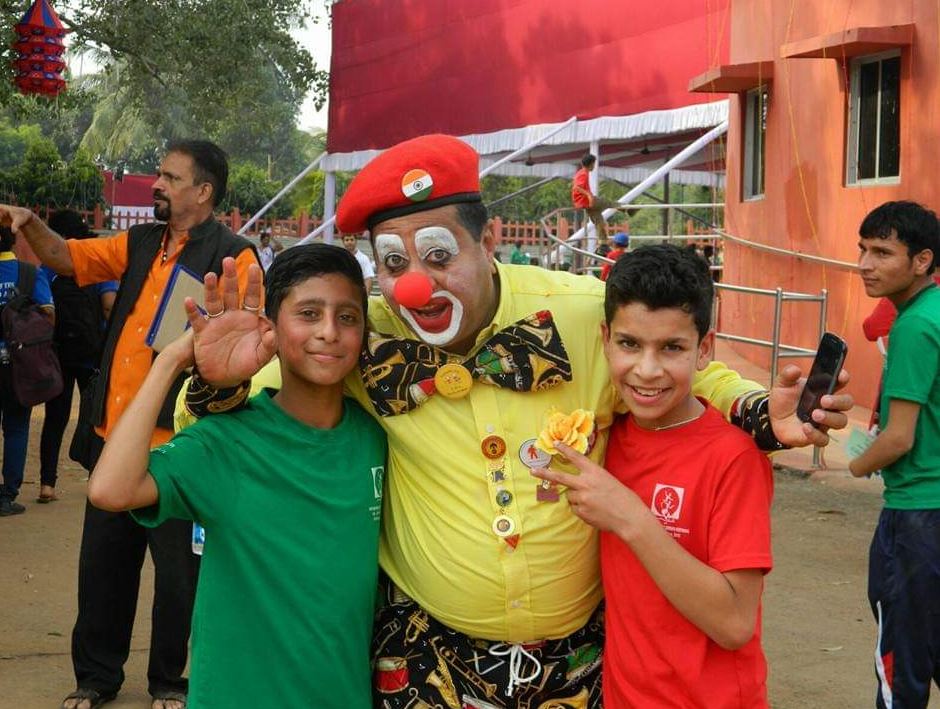
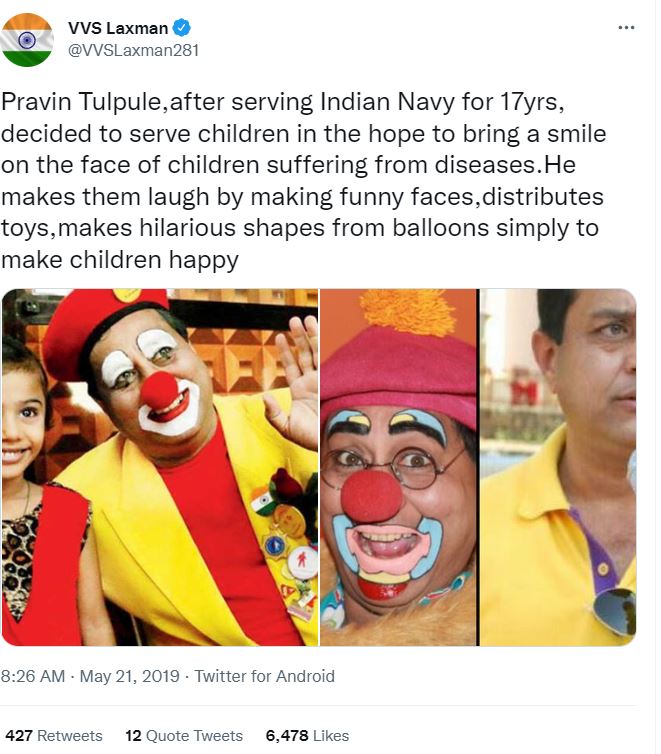
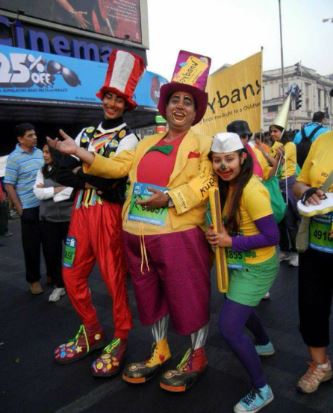 Pravin with his children[/caption]
Pravin with his children[/caption]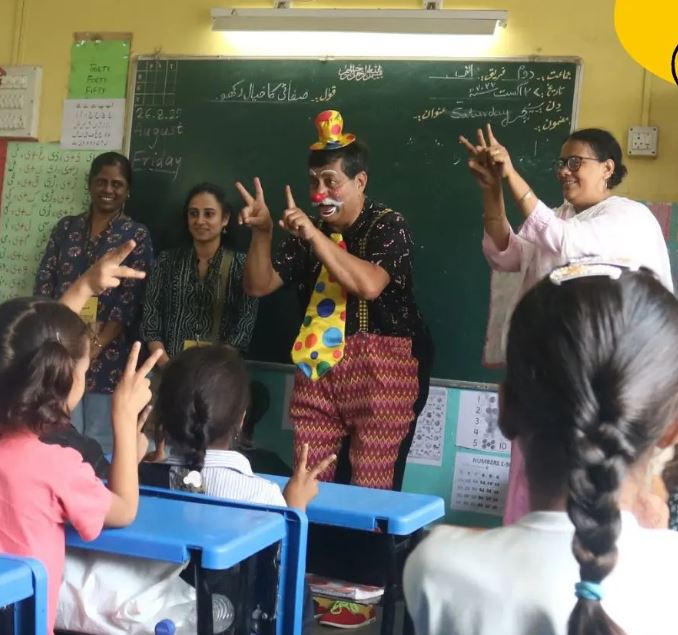 Pravin at a recent event organised by the NGO, Toybank[/caption]
Pravin at a recent event organised by the NGO, Toybank[/caption] Pravin as Santa Claus[/caption]
Pravin as Santa Claus[/caption]
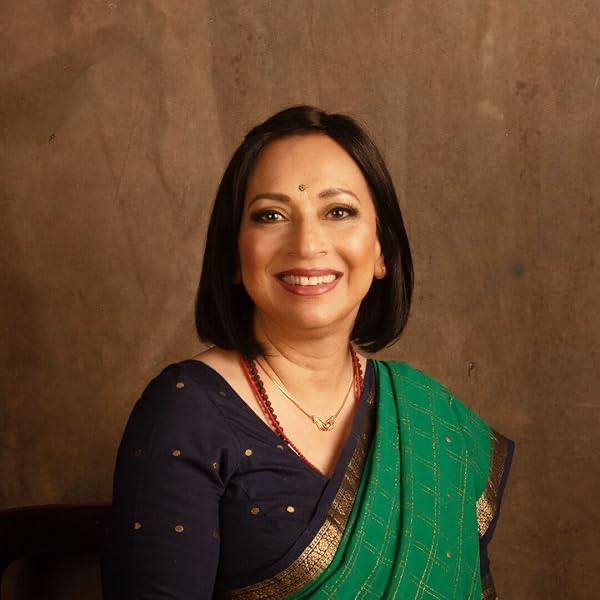 Priya Arora[/caption]
Priya Arora[/caption]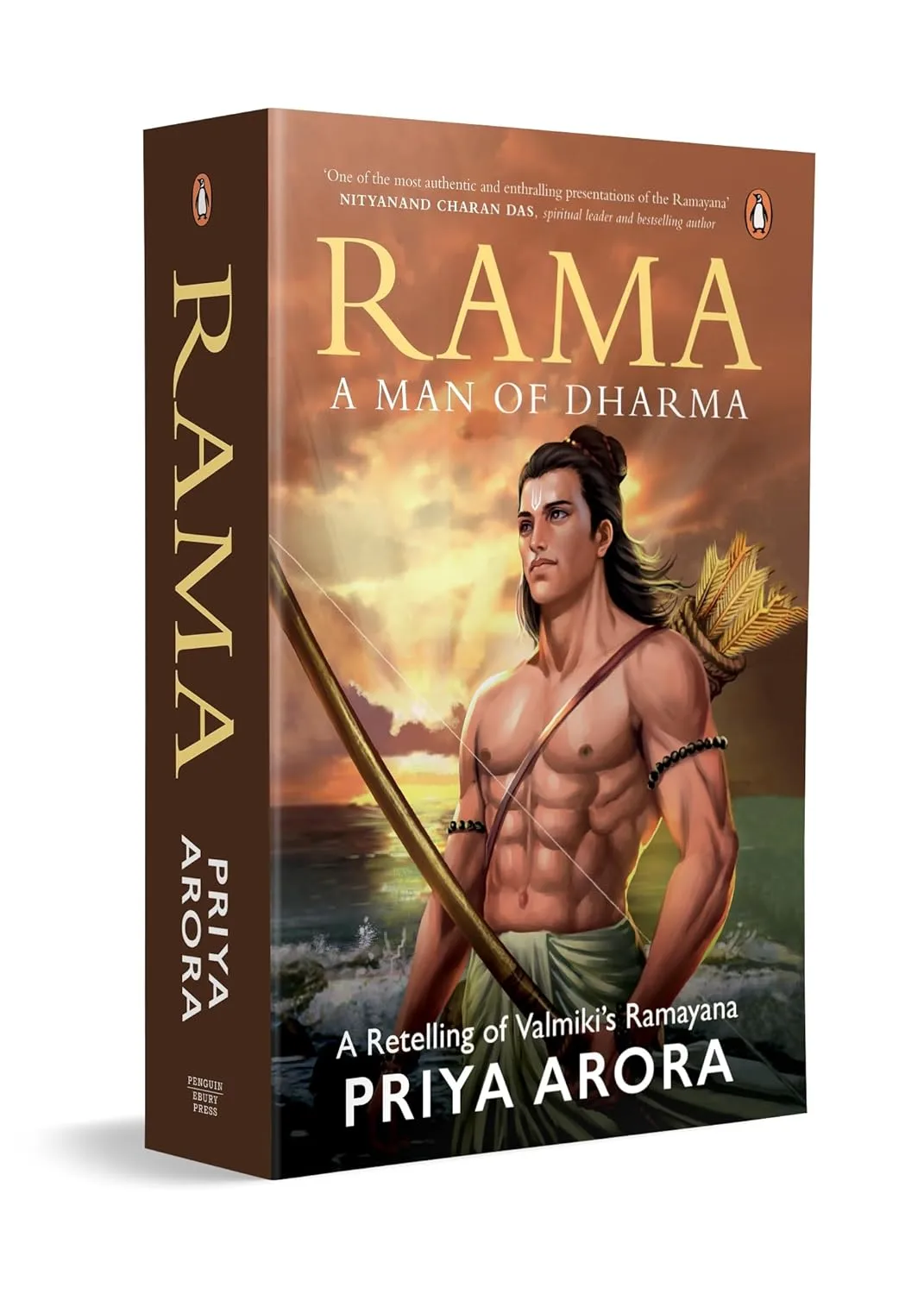 Rama: A Man of Dharma, is scheduled for international release in February 2025[/caption]
Rama: A Man of Dharma, is scheduled for international release in February 2025[/caption]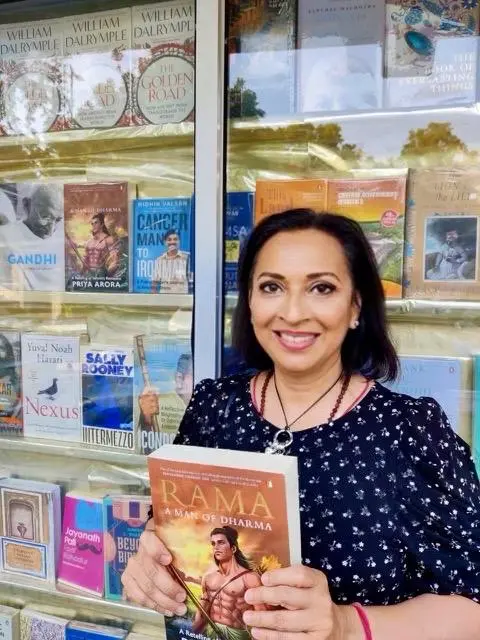
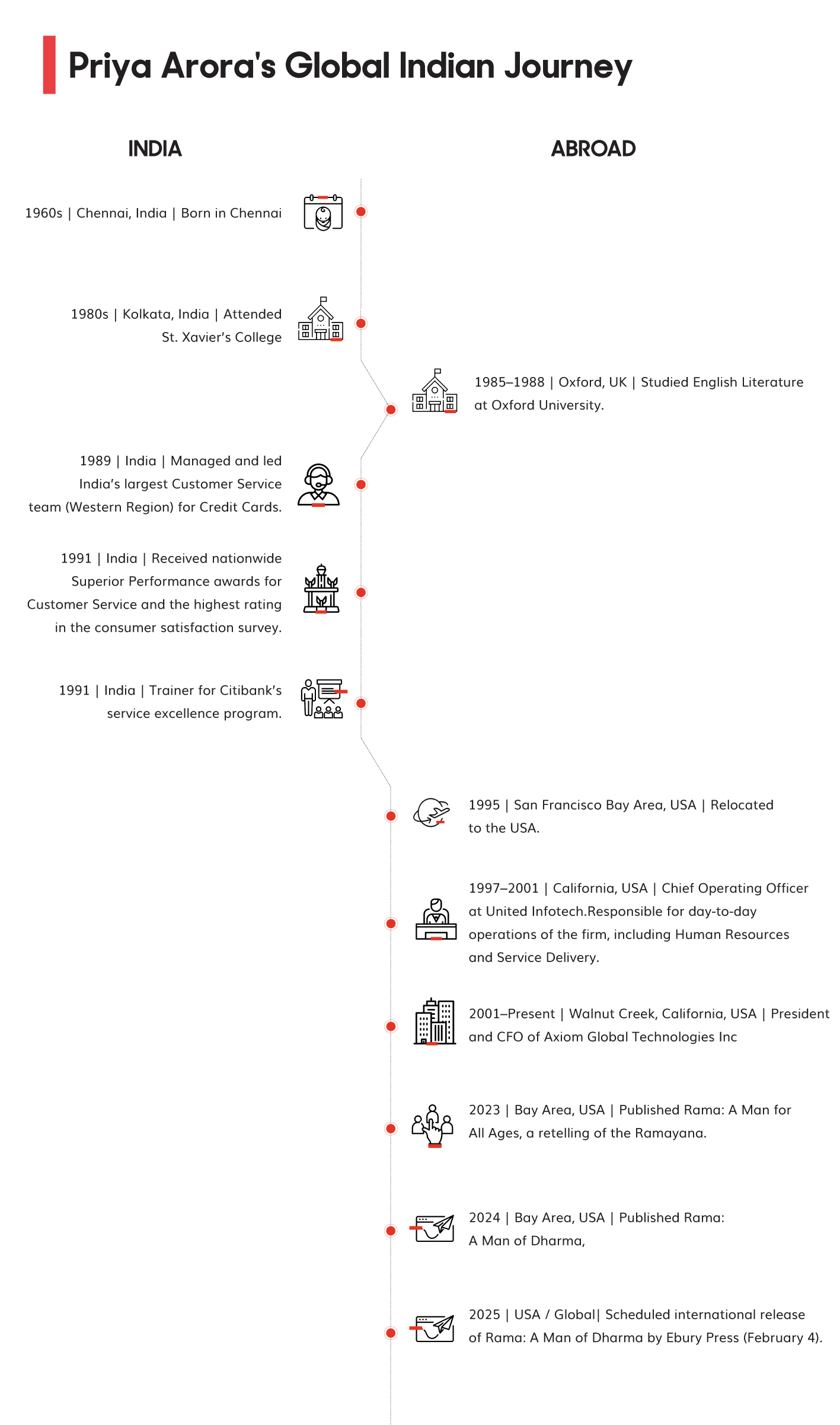
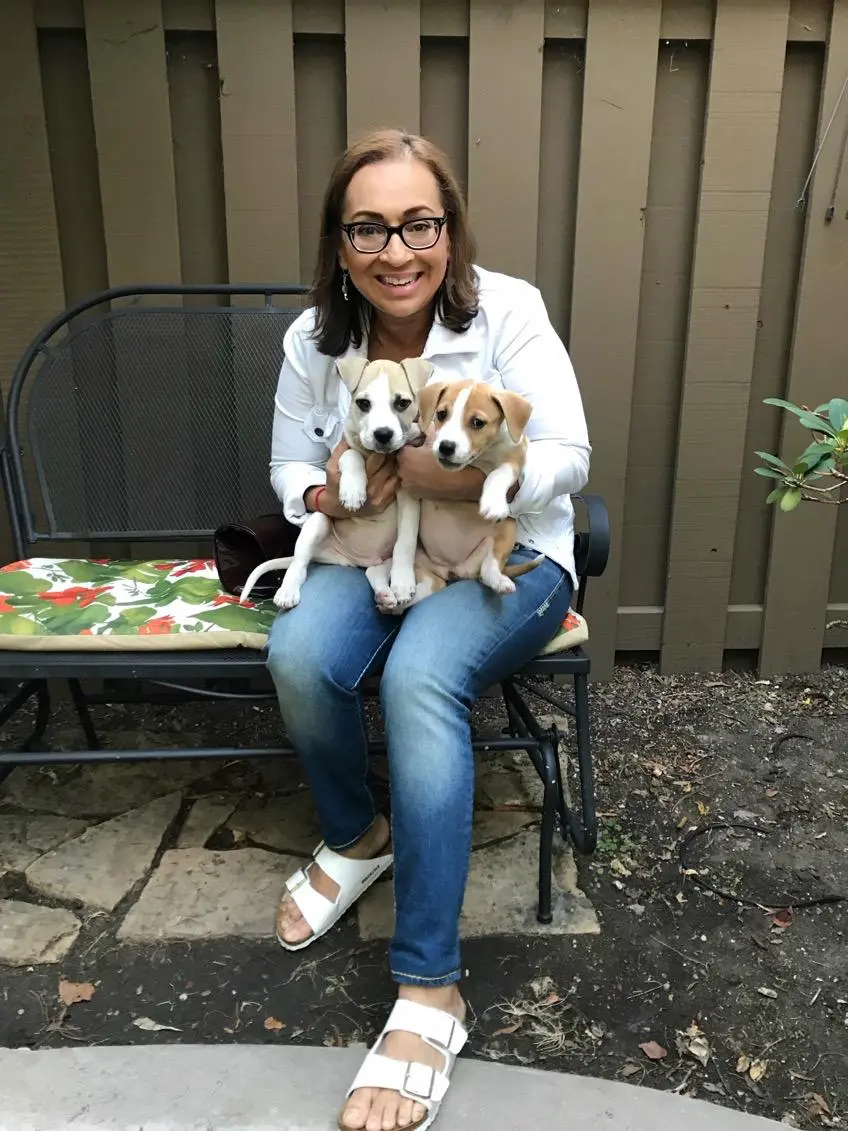
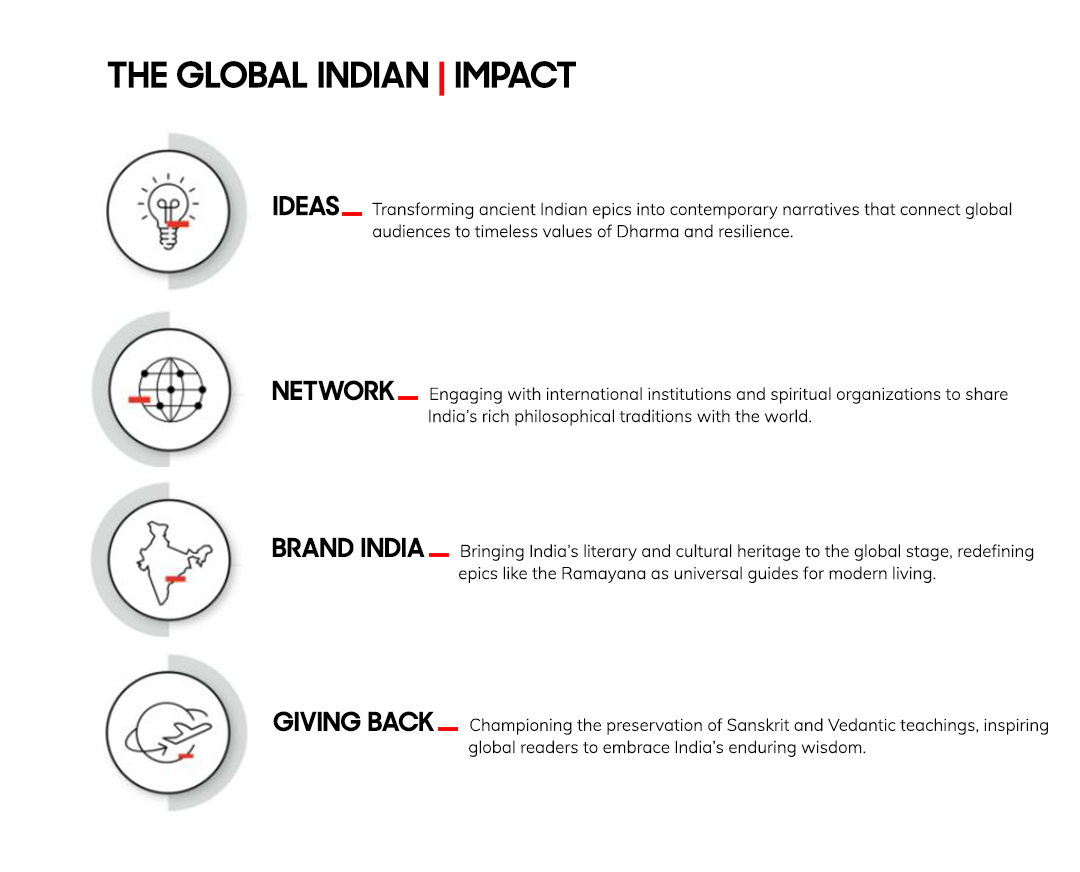
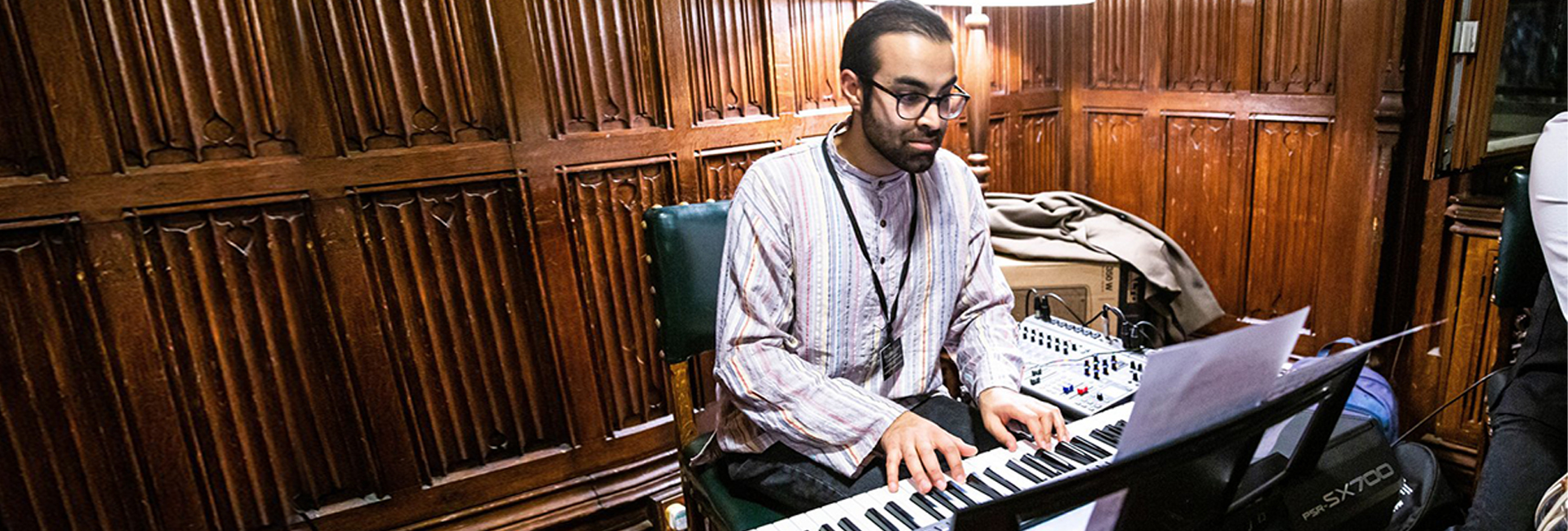
 Musician Kavi Pau[/caption]
Musician Kavi Pau[/caption]
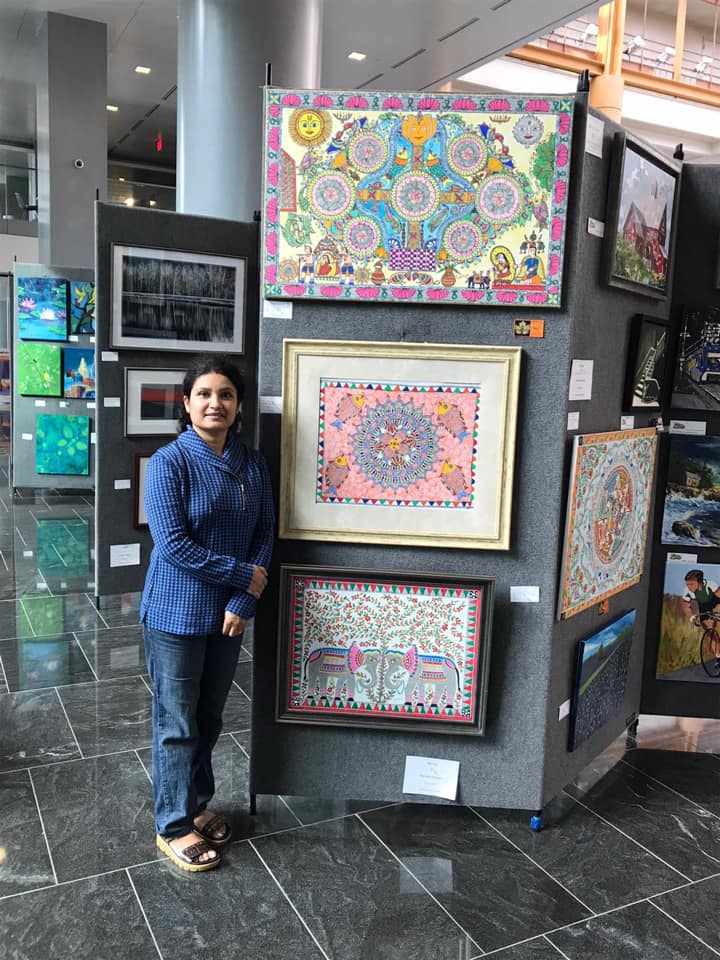 Rupam Varma[/caption]
Rupam Varma[/caption]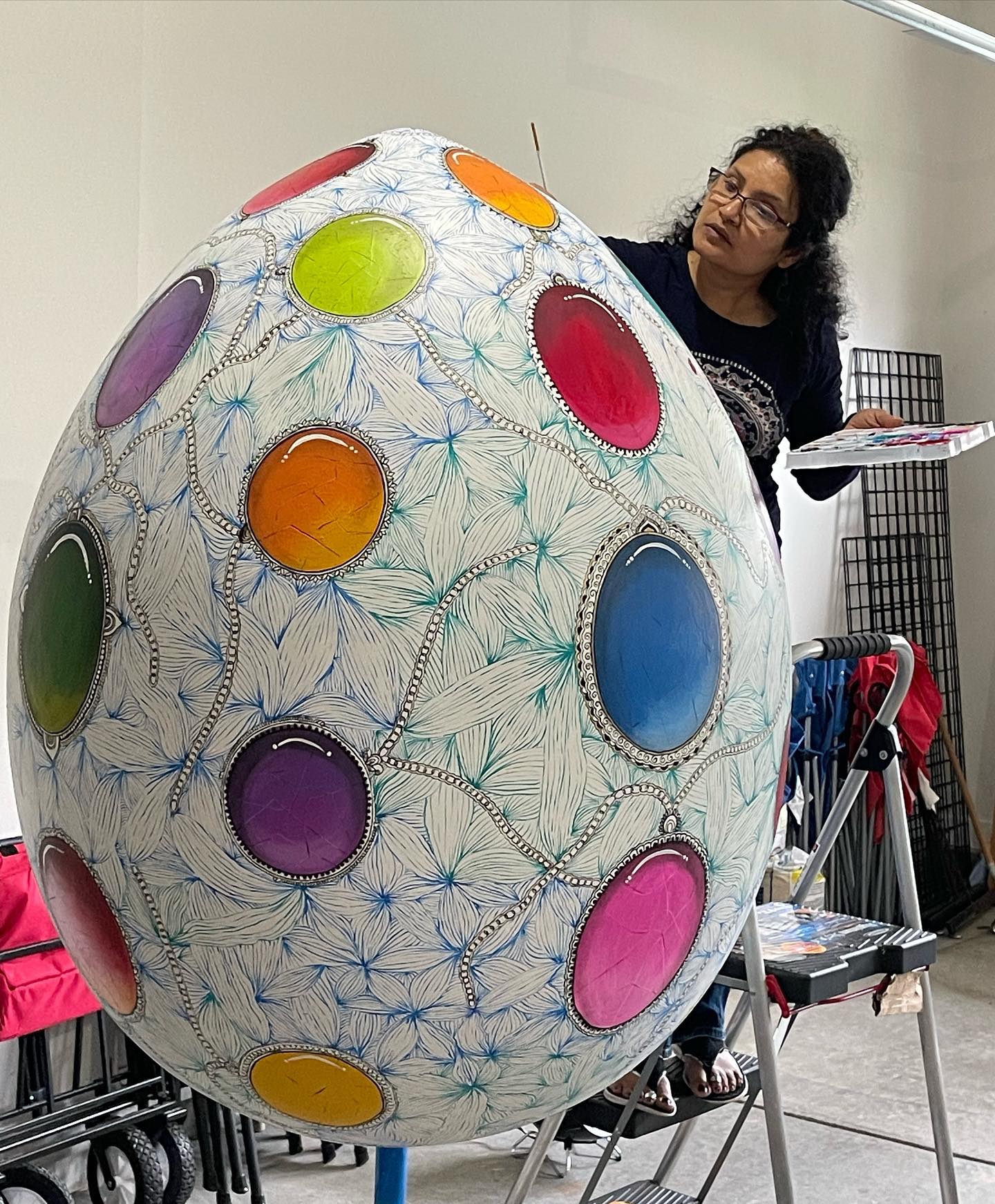 Rupam Varma prepares the Easter Egg for a parade at Charlotte[/caption]
Rupam Varma prepares the Easter Egg for a parade at Charlotte[/caption]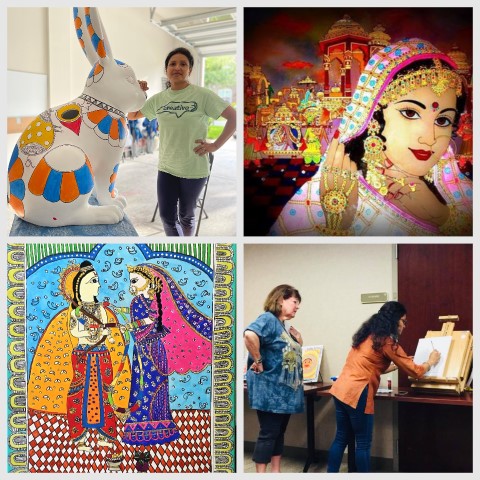 Rupam Varma, her art pieces and a teaching session[/caption]
Rupam Varma, her art pieces and a teaching session[/caption]
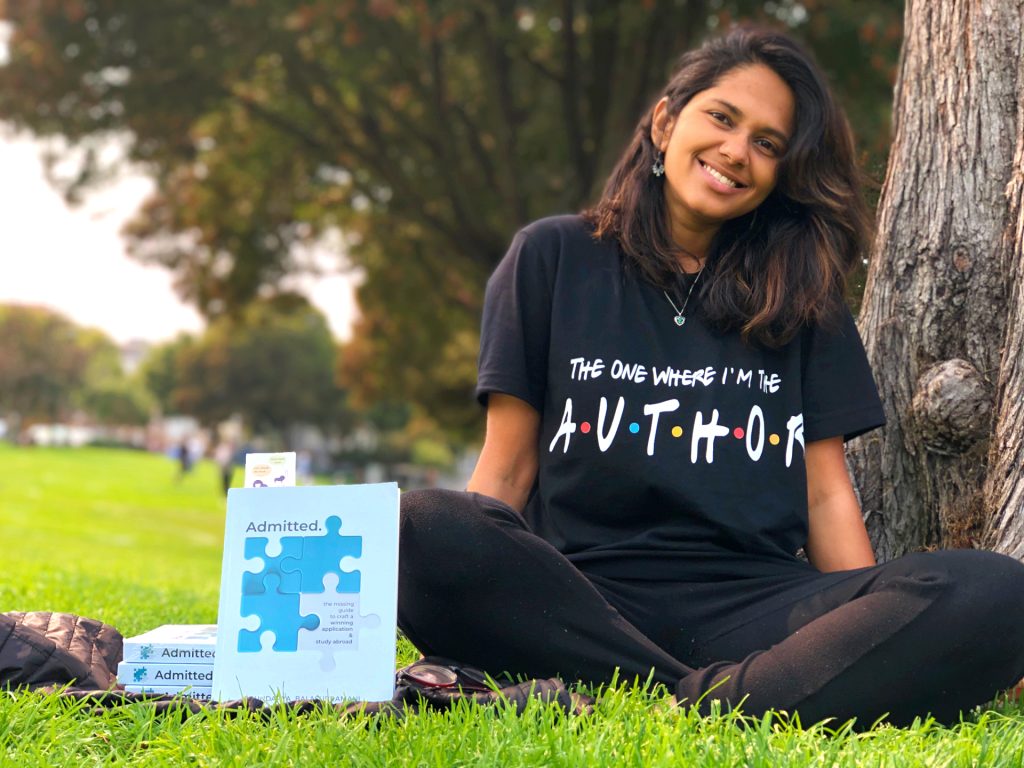
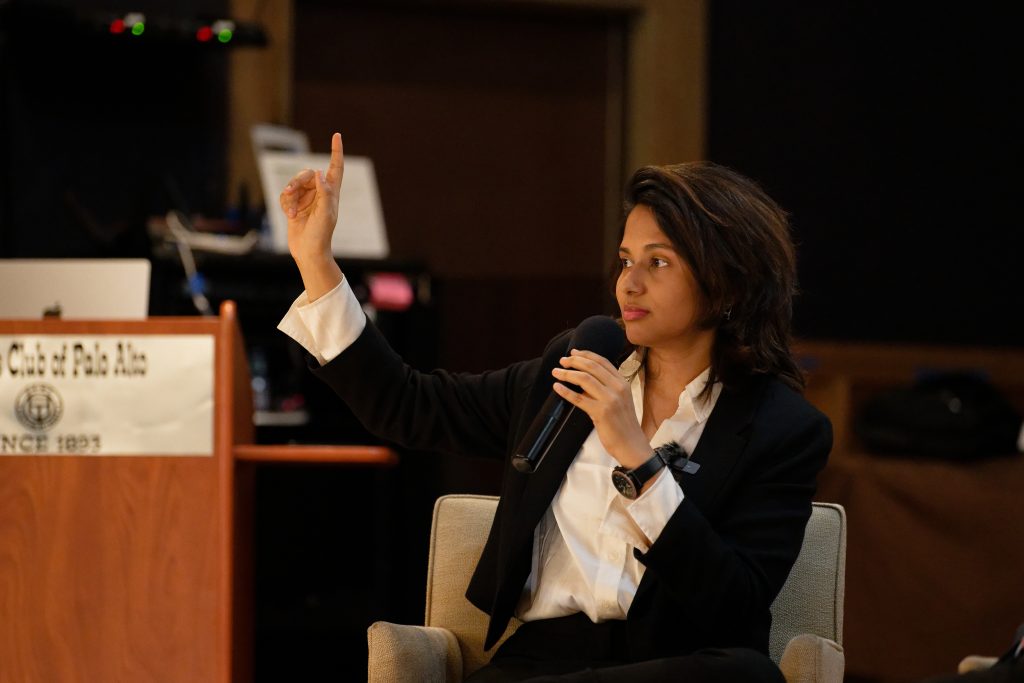 Soundarya Balasubramani[/caption]
Soundarya Balasubramani[/caption]